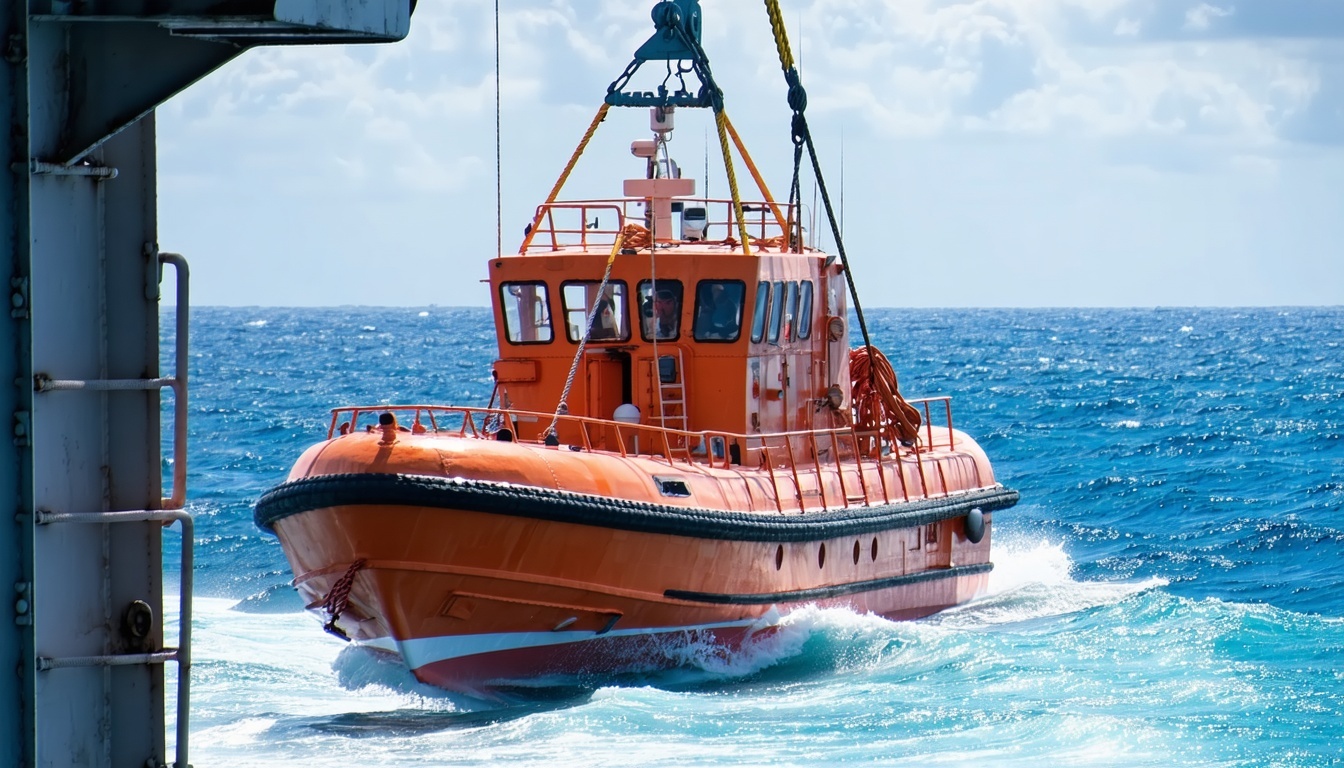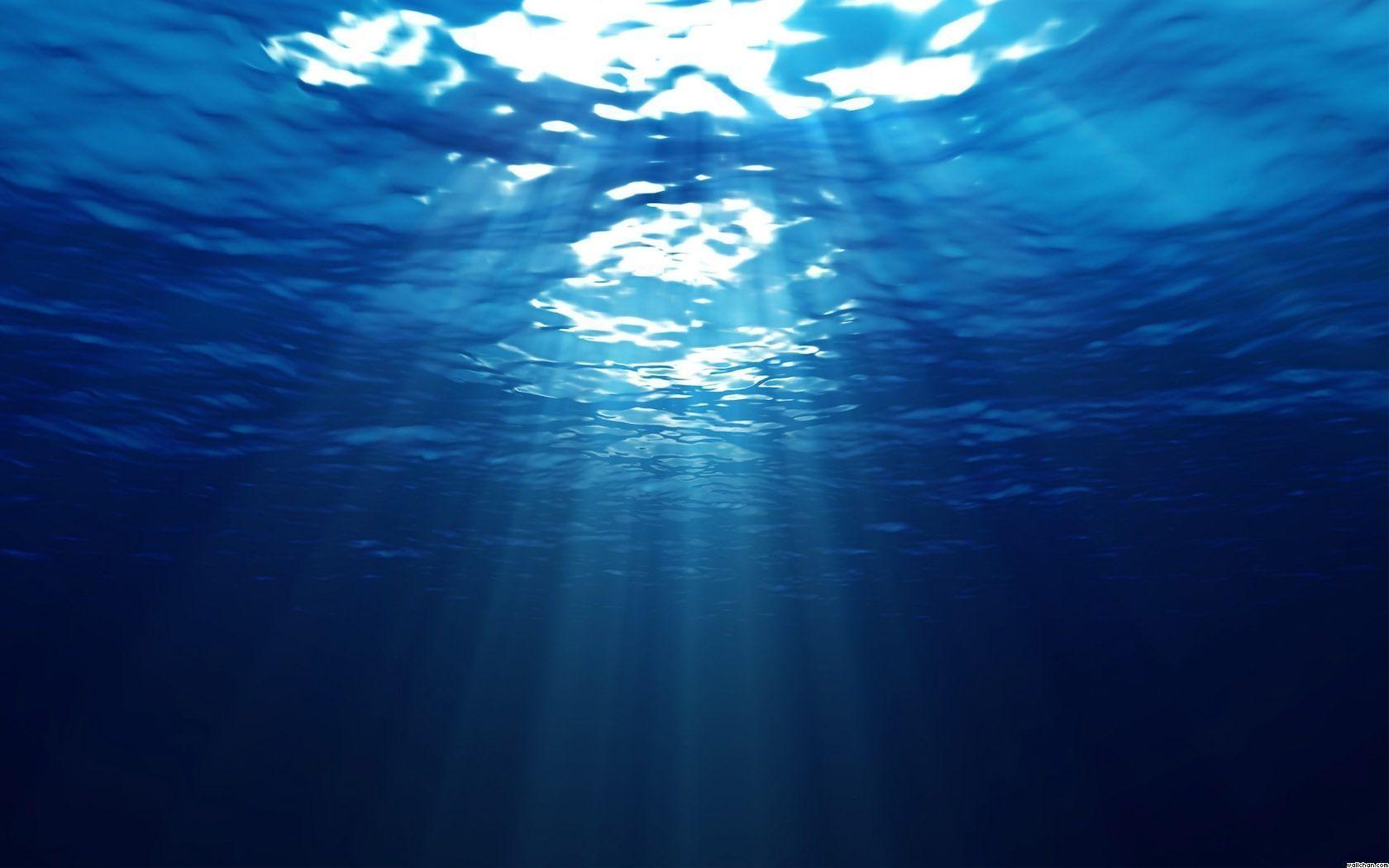The Importance Of Safety At Sea

Navigating the vast waters is an adventurous endeavour, but safety at sea is paramount for protecting lives and marine environments.
The Perils of the Open Ocean
Essential Safety Equipment for Every Vessel
Ensuring that every vessel is equipped with essential safety gear is a fundamental aspect of maritime safety.
This includes life jackets and life rafts for all crew members, as well as emergency position-indicating radio beacons (EPIRBs) and satellite communication devices to signal for help in case of distress.
Other critical equipment includes fire extinguishers, first aid kits, and flares for signaling. Navigational aids such as radar, GPS, and automatic identification systems (AIS) are also vital for avoiding collisions and ensuring safe passage. Regular maintenance and inspections of this equipment are crucial to ensure their reliability in emergencies.
Being well-trained and staying prepared means everyone on board looks out for one another and gets home safely.
When you’re out at sea, knowing you can count on your team is everything. Each person’s safety is built on trust, clear communication, and plenty of practice, so everyone feels confident facing any emergency—whether it’s putting out a fire, helping someone overboard, or leaving the ship in a hurry. Real skill comes from working together in drills and learning side by side, so that when it matters most, no one hesitates. Staying up to date—on navigation, weather changes, and how to use equipment—means everyone is ready for whatever the ocean brings. Earning certifications and following international safety guidelines isn’t just a box to tick; it’s how seafarers look out for one another and make sure every voyage ends with a safe return home.
Environmental Awareness and Safety Practices
Life at sea is about embracing change and looking out for each other, especially when the environment shifts without warning. Crews draw on their knowledge—watching the tides, reading currents, and keeping a close eye on the weather—to make sure every decision puts safety first. Caring for the ocean is woven into everything they do; it’s not just about rules, it’s about respecting the water that supports livelihoods and connects communities. Simple acts like sorting waste, handling fuel with care, and following regulations like MARPOL help protect the sea for everyone—today’s crew and tomorrow’s generation. By working together and keeping these values at the heart of daily life on board, mariners create a safer journey for all and ensure the ocean remains healthy and vibrant for years to come.
How Modern Technology Keeps Crews Safe at Sea
Technology at sea isn’t just about gadgets and systems—it’s about giving crews real peace of mind. Onboard, advanced navigation and communication tools help mariners feel confident, making it easier to know exactly where they are and what’s happening around them, even in rough weather or busy waters. With satellite tracking, families and shore teams can rest assured, as every vessel’s journey is closely watched and help is always within reach if the unexpected happens. Automation makes the daily routines simpler and lets crews focus on what matters most: each other’s safety. When systems like collision avoidance and remote diagnostics are running in the background, it means fewer worries and smoother teamwork. By welcoming these innovations, the maritime community not only sets higher safety standards—it brings everyone home safer, turning new technology into real care for people at sea.

